RCEP expansion eyed as trade facilitation opens new avenues
On December 1, the Vietnamese government enacted Decree No.84/2023/ND-CP to amend details on Vietnam’s special preferential import tariff schedule for implementation of the Regional Comprehensive Economic Partnership (RCEP) towards 2027.
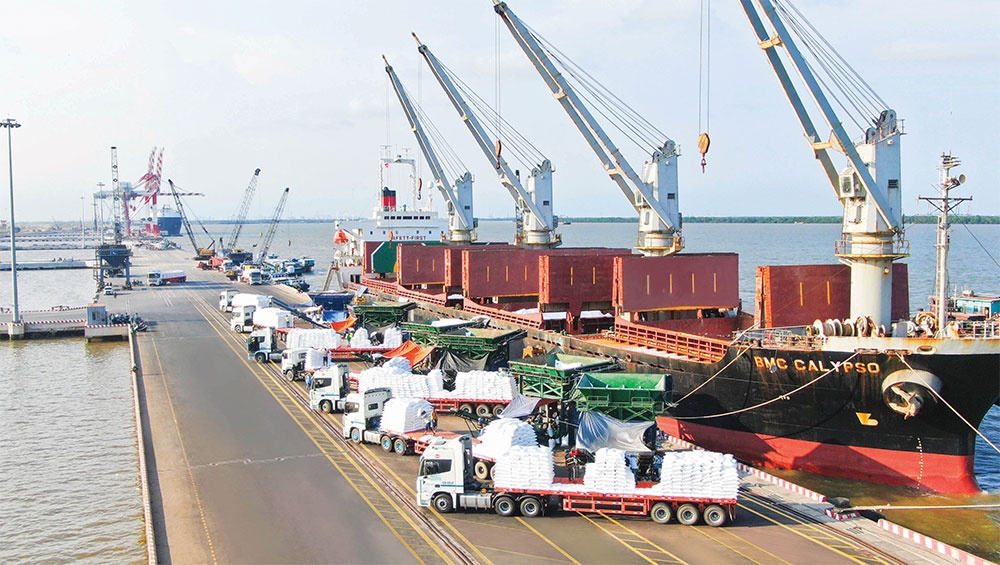 |
| RCEP expansion eyed as trade facilitation opens new avenues |
Under Decree 84, Myanmar and the Philippines are now eligible for special preferential import tariff rates as from December 1 in Vietnam. This would mean all 14 RCEP member states are eligible for these tariff rates.
Decree 84 has also amended regulations on imports eligible for special preferential import tariffs. Specifically, they must be included in the special preferential import tariff schedule promulgated together with the previous decree. Moreover, they are imported into Vietnam from all 14 member states of the RCEP.
They must also meet origin criteria (including regulations on direct consignment) and be supported by valid proofs of origin as prescribed in the RCEP and current laws.
“Regarding imports from Myanmar and customs declarations of imports from March 2022, and imports from the Philippines and customs declarations of imports between June and December 2023, if they meet the requirements for eligibility for RCEP rates and have paid a higher tax rate, customs authorities shall settle the overpaid tax according to tax administration laws,” the decree read.
In June, the RCEP agreement took effect for the Philippines, confirming that it is in effect for all 15 members. “With the implementation of the RCEP, businesses in the region will avail of the opportunities made available to them and utilise it to deepen regional economic integration,” stated a joint media statement of the Second RCEP Ministers’ Meeting organised in August in Indonesia.
The RCEP covers a market of 2.3 billion people and $26.2 trillion in global output. The deal is responsible for 30 per cent of the global population and 25 per cent of global trade. It will decrease tariffs, set trade rules, and help link supply chains. The deal covers all aspects of business, including trade, services, e-commerce, telecoms, and copyright. Tariffs will be reduced within 20 years.
Martin Hayes, chairman of the EU-ASEAN Business Council said, “Collectively, the ASEAN countries have excellent external facing trade deals in place: the RCEP will surely help the region grow further and faster. ASEAN should be well-placed to continue its growth trajectory, even as the world faces significant economic and geopolitical issues.”
The ASEAN Secretariat stated in its ASEAN Investment Report 2023 that growth will be fuelled by the RCEP as it has linked ASEAN with major economies, including China, Australia, and Japan, covering a combined GDP of $25 trillion.
“The RCEP created duty-free access to the majority of goods which could enhance investment in every ASEAN country, but this will only work with necessary ports, roads, railways and airports capacity available to transport individuals and products,” the report said.
Under the terms of the RCEP, member countries committed to providing duty-free access to goods that represent 92 per cent of tariff lines. They also pledged to harmonise many rules and regulations that affect e-commerce and trade. This will create greater access to Asia’s largest and most developed markets, lower the costs of importing manufacturing inputs, and make it easier for companies to build supply chains that leverage different advantages and skills across the region.
Currently, member states are discussing how the RCEP membership can be expanded to other economies wishing to partake in the deal. According to its terms, any economy can become a member of the trade pact 18 months after its entry into force.
Under the RCEP’s commitments, member states committed to remove 87.8-98.3 per cent of tariff lines for Vietnam, and ASEAN countries vowed to do that with 86-100 per cent of tariff lines. The longest roadmap for tariff elimination is 15-20 years, as from the RCEP becoming valid.
According to Dezan Shira & Associates, as the RCEP is focused on trade facilitation, the blue-collar sector is expected to benefit the most. Furthermore, consumer sectors like tourism, education, entertainment, healthcare, and retail are also expected to benefit as the middle class expands. Further, Vietnam’s export-oriented industries such as IT, agriculture, automobiles, footwear, and telecommunications are expected to see gains.
The Vietnamese Ministry of Planning and Investment reported that cumulatively as of November 20, Vietnam attracted over $102.23 billion in registered investment capital from ASEAN member states, including Singapore ($73.7 billion), Thailand ($14.03 billion), Malaysia ($13.1 billion), Indonesia ($651.2 million), the Philippines ($608.2 million), Laos ($71.13 million), and Cambodia ($73.6 million).
Meanwhile, registered investment from Australia, China, Japan, South Korea, and New Zealand reached $2 billion, over $27 billion, $71.5 billion, $84 billion, and $208 million.
The ASEAN Secretariat has highly appreciated the investment facilitation in Vietnam, which it said has big potential to attract more foreign direct investment both inside and outside ASEAN.
“The Law on Investment has strong reform elements aimed at creating an open mechanism, overcoming bottlenecks in investment and business activities, improving transparency, diversifying investment forms, and regulating each type of investment procedure,” the secretariat said.
“Vietnam does not charge any fees for administering investment applications. Aside from granting fiscal incentives, the government also assists investors with other measures, such as exemption from or reduction of land-use fees and land rental fees; preferential land lease terms; assistance with recruitment and training of skilled labour; assistance with immigration and residence procedures; and reduced regulatory oversight in admin and customs procedures.”
Investment procedures are reviewed quarterly to identify areas to simplify procedures and eliminate barriers, the secretariat added.
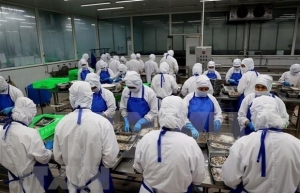 | RCEP creates new impetus for regional economic development Since it entered into force in early 2022, the Regional Comprehensive Economic Partnership (RCEP) has helped strongly promote integration of value and supply chains, strengthen confidence in regional economic recovery and create new impetus for trade and investment growth in the region and the world, according to an article on the Zhongguopinglun (China review) website of Hong Kong (China). |
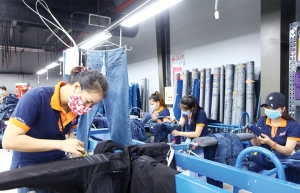 | RCEP effectiveness measures to benefit Vietnam A new drive is underway to ensure the Regional Comprehensive Economic Partnership is implemented at the optimal level. |
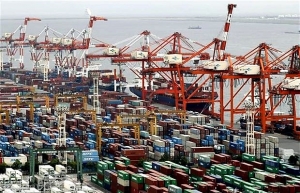 | ASEAN wants to expand RCEP membership ASEAN Secretary-General Kao Kim Hourn has said the Association of Southeast Asian Nations (ASEAN) is striving to increase the membership of the Regional Comprehensive Economic Partnership (RCEP). |
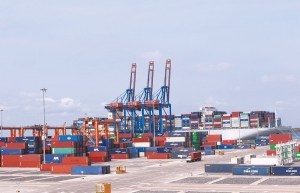 | RCEP states already looking to expand trade participation Just a few months after it came into being, the Regional Comprehensive Economic Partnership has decided to expand its membership, with Vietnam expected to be a big trade beneficiary. |
What the stars mean:
★ Poor ★ ★ Promising ★★★ Good ★★★★ Very good ★★★★★ Exceptional
Related Contents
Latest News
More News
- Partnerships drive sustainable finance (January 07, 2026 | 09:23)
- FDI inflows reach $38.42 billion in 2025 (January 06, 2026 | 17:55)
- $2.1 billion Nghi Son LNG-fired thermal power plant waits for investor (January 06, 2026 | 17:51)
- GE Vernova powers up Vietnam with first 9HA gas power plant in the country (January 06, 2026 | 16:54)
- Solid finish for manufacturing after volatile year (January 06, 2026 | 08:50)
- Meiko strengthens Vietnam operations with new PCB plants (January 06, 2026 | 08:49)
- Ho Chi Minh City backs $2 billion AI data centre with dedicated task force (January 06, 2026 | 08:43)
- PM sets January deadline for high-speed rail consultant (January 06, 2026 | 08:40)
- New decree spurs on PPP implementation (December 31, 2025 | 19:01)
- Global alliance develops $1 billion AI data centre network in Vietnam (December 30, 2025 | 10:08)

 Tag:
Tag:
















 Mobile Version
Mobile Version